Author: Paul Amico
Originally a term used to describe a higher strength Porter, Stout has not only earned itself a place on the list of classic beer styles, but it has spurred the development of various sub-styles as well. Perhaps the newest variation of this inky ale is Tropical Stout, which evolved from the Foreign Extra Stout that was being shipped from Britain to the Caribbean and Africa in the mid to late 19th century.
Possessing many of the tell-tale signs of all other versions of Stout, Tropical Stout is unique in that it possesses stronger fruity characteristics, which can be contributed with adjuncts, though is often a function of hop variety and usage rates. The BJCP added Tropical Stout as its own style in the 2015 guidelines and provides the following description:
A very dark, sweet, fruity, moderately strong ale with smooth roasty flavors without a burnt harshness.
I admittedly hadn’t heard of Tropical Stout until perusing the 2015 BJCP Guidelines a few months ago, which is surprising considering how often I frequent craft breweries and share beer with other homebrewers. Relative to other styles, this one clearly isn’t that high on the popularity list, which made it all the more interesting to me. Initially, the idea of a roasty beer with perceptible fruitiness was unappealing to me, but then I considered the fact most good coffee has a fruity character to it and became intrigued by Tropical Stout. Unable to find one in any local taprooms, I decided to brew one up myself using Short & Shoddy methods!
| BREWING THE BEER |
While the first versions of Tropical Stout were likely brewed with adjuncts indigenous to the Caribbean, I designed a recipe that relied on hops to boost the fruitiness of this roasty ale.
Short & Shoddy Tropical Stout
Recipe Details
| Batch Size | Boil Time | IBU | SRM | Est. OG | Est. FG | ABV |
|---|---|---|---|---|---|---|
| 6 gal | 30 min | 36.4 | 38.8 SRM | 1.053 | 1.013 | 5.25 % |
| Actuals | 1.053 | 1.013 | 5.25 % | |||
Fermentables
| Name | Amount | % |
|---|---|---|
| Lamonta: Pale American Barley Malt | 9 lbs | 62.07 |
| Shaniko: White Wheat Malt | 3 lbs | 20.69 |
| Roasted Barley | 1 lbs | 6.9 |
| Caramel Malt 120L | 12 oz | 5.17 |
| Metolius: Munich-style Barley Malt | 12 oz | 5.17 |
Hops
| Name | Amount | Time | Use | Form | Alpha % |
|---|---|---|---|---|---|
| Citra LUPOMAX | 15 g | 30 min | Boil | Pellet | 18 |
| Citra LUPOMAX | 20 g | 10 min | Boil | Pellet | 18 |
| Citra LUPOMAX | 20 g | 2 min | Boil | Pellet | 18 |
Yeast
| Name | Lab | Attenuation | Temperature |
|---|---|---|---|
| House (A01) | Imperial Yeast | 75% | 32°F - 32°F |
Notes
| Water Profile: filtered Fresno tap water |
Download
| Download this recipe's BeerXML file |
I started my brew day at 8:15 PM by collecting the full volume of filtered water, which I did not adjust with minerals.
For this batch, I used by 120v Clawhammer eBIAB system, which I flipped the switch on to heat the water up just prior to weighing out and milling the grain.
When the water was properly heated, I stirred in the grist then checked to make sure it was at my target mash temperature of 150°F/66°C before covering the tun and turning on the pump to recirculate.
The mash was left to rest for just 30 minutes, after which I removed the grains and let them drip into the kettle while the wort was heating up.
I then prepared the kettle hop additions.
The wort was boiled for just 30 minutes with hops added at the times stated in the recipe. At the completion of the boil, I quickly chilled the wort during transfer to a sanitized fermenter.
A refractometer reading showed the wort was a few points lower than the BJCP recommends at 1.053 OG, for a brewhouse efficiency of 60%.
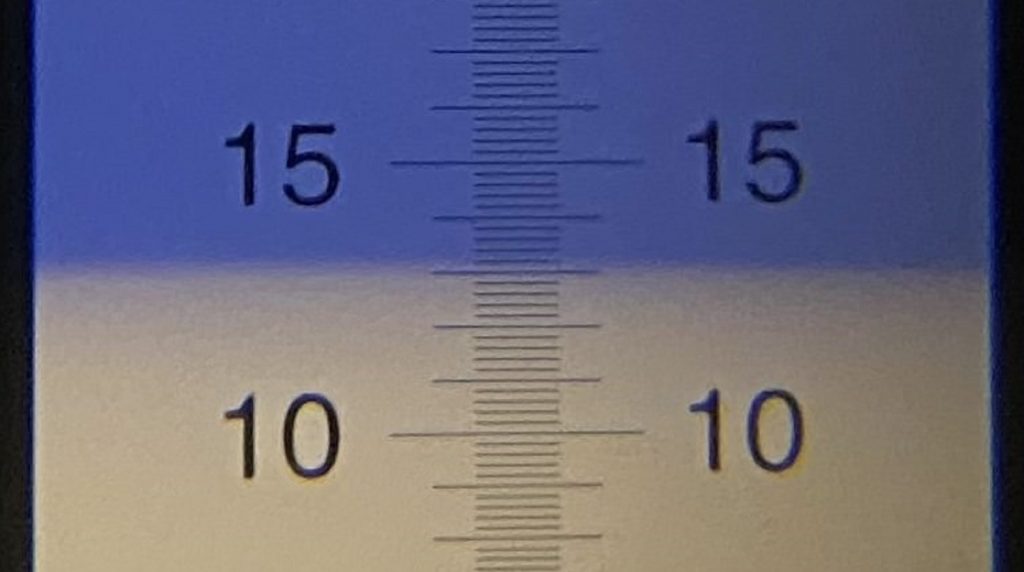
Next, I moved the filled fermenter to my chamber and direct pitched a pouch of Imperial Yeast A01 House into the 72˚F/22˚C wort. The time was 11:56 PM for a total brew day time of 3 hours 41 minutes.
The beer was left to ferment in my chamber controlled to 68°F/19°C for 11 days before I took a hydrometer measurement showing FG had been reached.
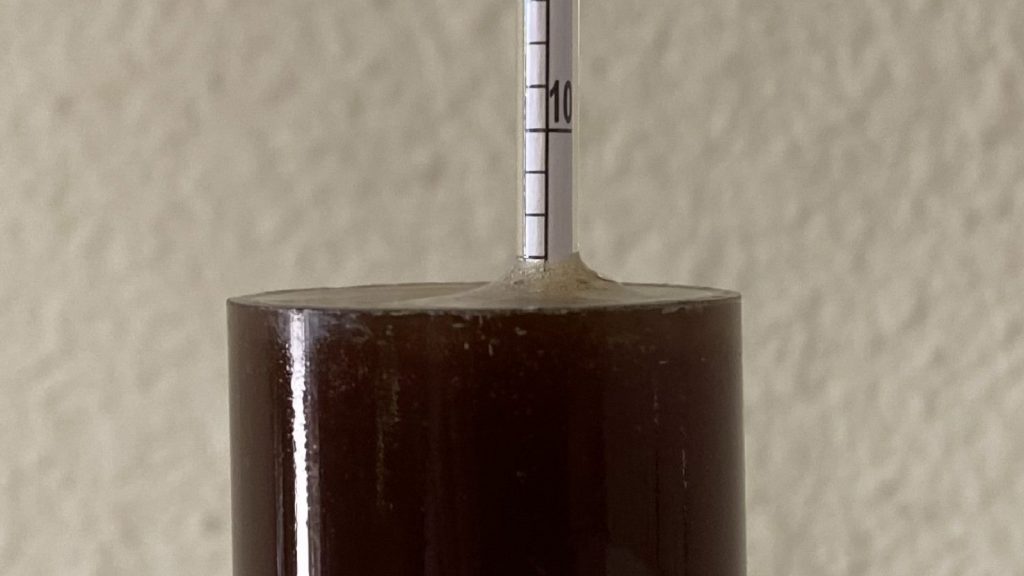
At this point, I transferred the beer to a sanitized keg.
The filled keg was placed in my kegerator and burst carbonated overnight before I reduced the gas to serving pressure. After a week of cold conditioning, it was ready to serve to tasters.
| RESULTS |
A total of 22 people of various levels of experience participated in this Short & Shoddy evaluation. Participants were informed of the specific beer style and provided the BJCP description prior to completing the survey. Tasters were then instructed to rate how hoppy, malty, and dry they perceived the beer to be on a 0-5 scale where a rating of 0 indicated “not at all” and 5 indicated “extremely.”
Tasters were provided a list of common hop, malt, and yeast characteristics then instructed to select from each the one they perceived as being most prominent in the beer.
Hop Characteristics
Malt Characteristics
Yeast Characteristics
Next, participants were asked to indicate whether or not they detected any off-flavors in the beer; those who did were provided a list of common off-flavors and instructed to select the one they perceived as being strongest. One person reported perceiving acetaldehyde in the beer.
Tasters were then asked to rate how well the beer represented the intended style, based on the provided BJCP description, on a 0-5 scale where 0 meant “not at all” and 5 meant “exactly.”
Finally, tasters were asked to rate how much they enjoyed the beer on a 0-5 scale where 0 indicated they hated it and 5 indicated they loved it.
My Impressions: I loved this beer! While the fruitiness imparted by the Citra LUPOMAX was certainly noticeable, it melded with the malt character in such a way to make the beer confusingly crushable—with every sip, I expected coffee and chocolate based on the appearance, but got a nice hit of juicy tropical fruit that worked really well.
| CONCLUSION |
There’s no question beer has evolved massively since it was first brewed eons ago, offering modern drinkers various unique styles to satiate their thirst and please their palates. One of the latest styles to hit the scene is Tropical Stout, which blends the classic roasty characteristics of more traditional dark ale with stronger fruity notes intended to make for a refreshing sipper in warmer environments.
According to the BJCP Guidelines, Tropical Stout can be made with regionally appropriate adjuncts to up the fruitiness, though it can also come from the use of notably fruity hops, which is what I opted to do for my Short & Shoddy version. Interestingly, it seems the blend of roasted grains and fruity hops left some tasters confused, as the highest rated hop character in this beer was earthy, though fruity came in a close second. Moreover, a majority of tasters felt the most prominent yeast characteristic was esters, which may very well have been the case; however, it’s also possible some people mistook the fruitiness imparted by the hops as esters due to their bias given the beer’s darker appearance.
In addition to most tasters feeling this Tropical Stout was a good representation of the style, 12 out of 22 endorsed the highest preference rating with another 8 giving it a 4 out of 5, making this the most enjoyed Short & Shoddy recipe to date. While I was a bit bummed with the lower than expected OG, I was beyond pleased with how this beer turned out and will definitely brew it again after making some adjustments to my equipment profile to account for the lower efficiency when brewing Short & Shoddy on my 120v electric system.
If you have thoughts about this Short & Shoddy brew, please feel free to share it in the comments section below!
Support Brülosophy In Style!
All designs are available in various colors and sizes on Amazon!
Follow Brülosophy on:
FACEBOOK | TWITTER | INSTAGRAM
If you enjoy this stuff and feel compelled to support Brulosophy.com, please check out the Support page for details on how you can very easily do so. Thanks!


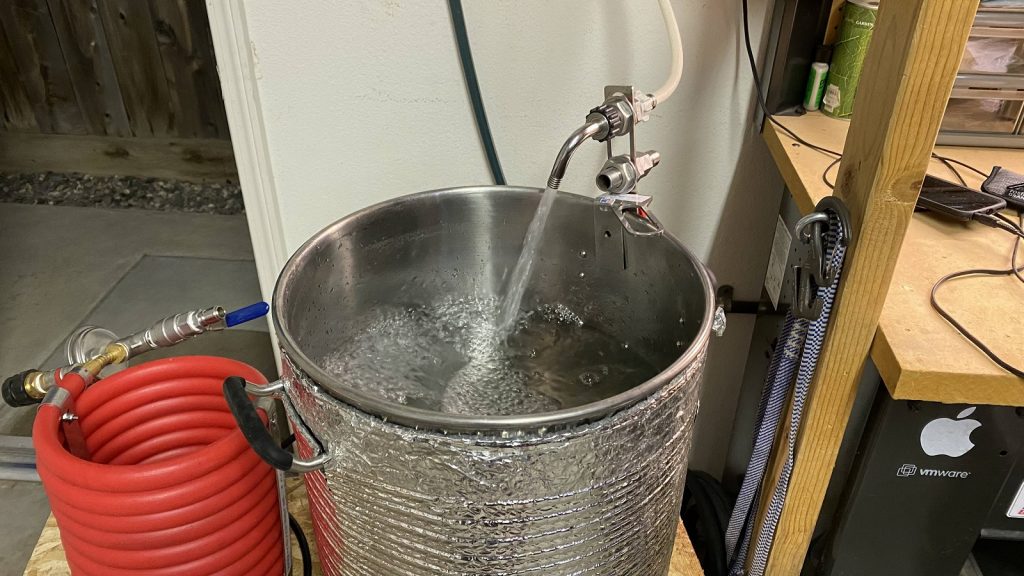
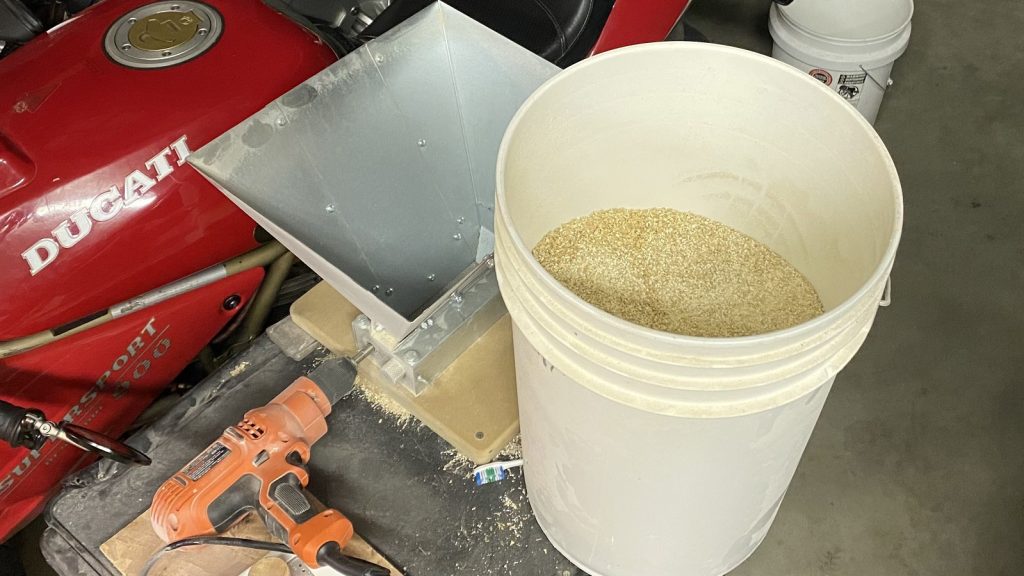
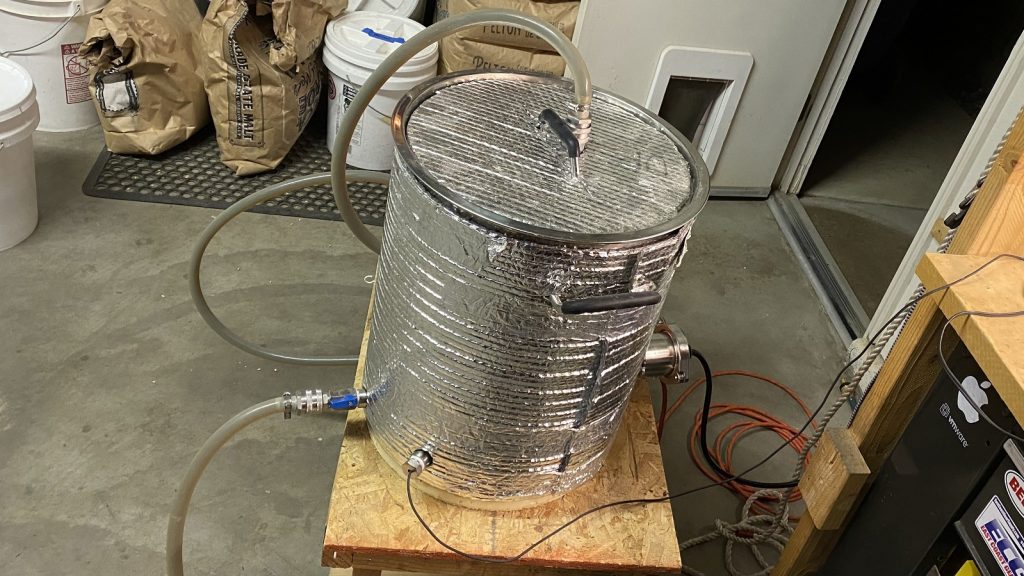
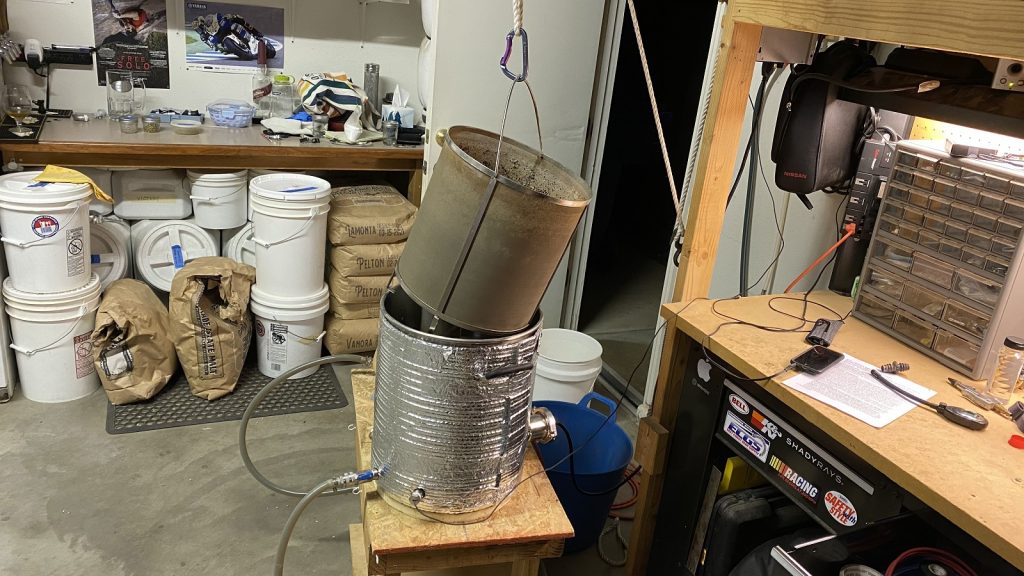
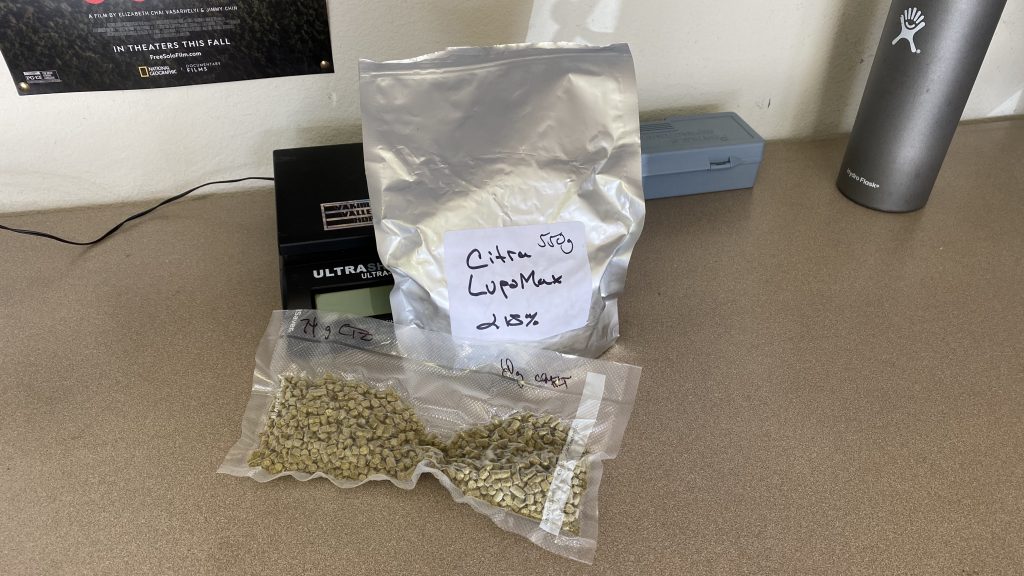

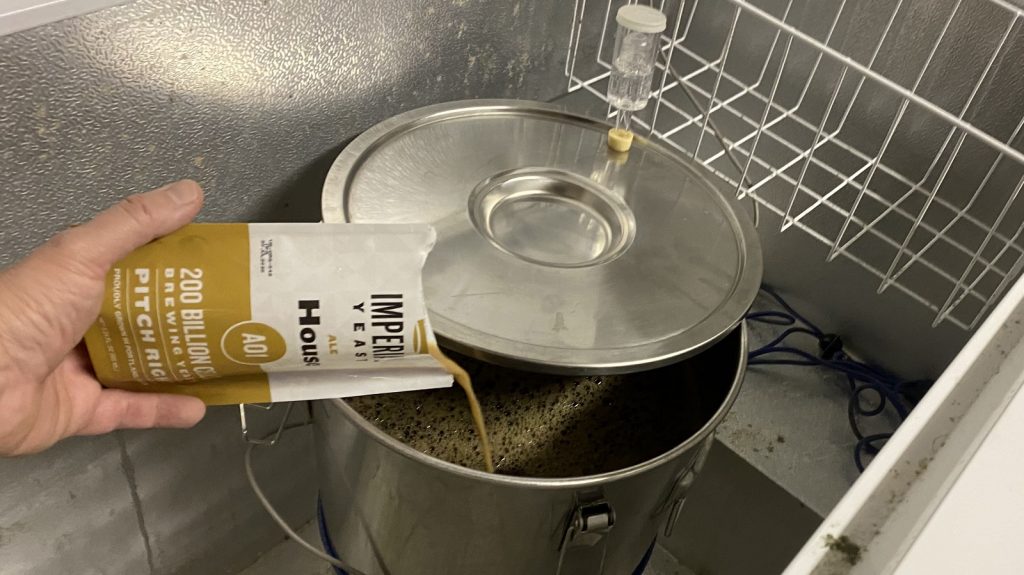
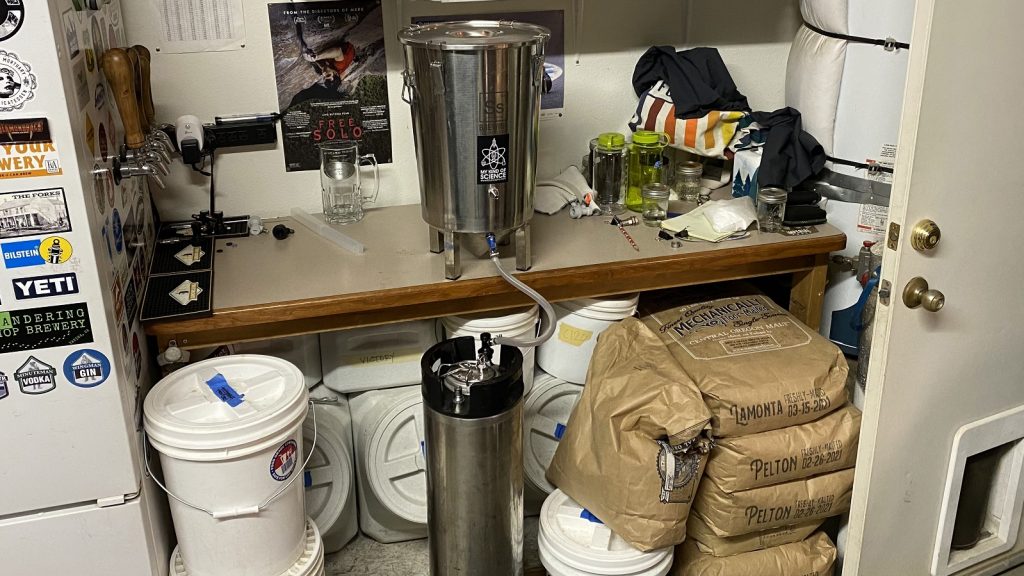
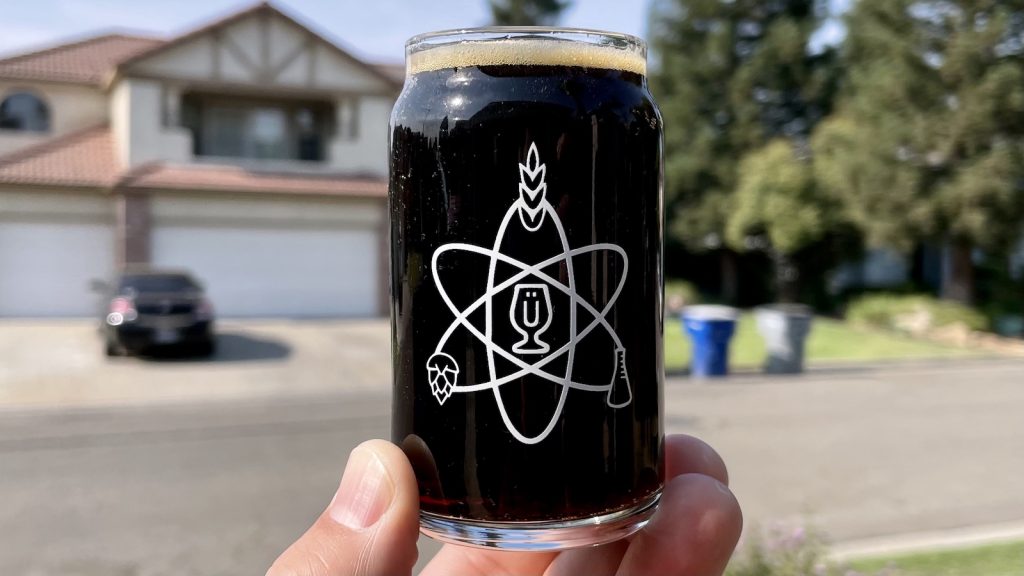
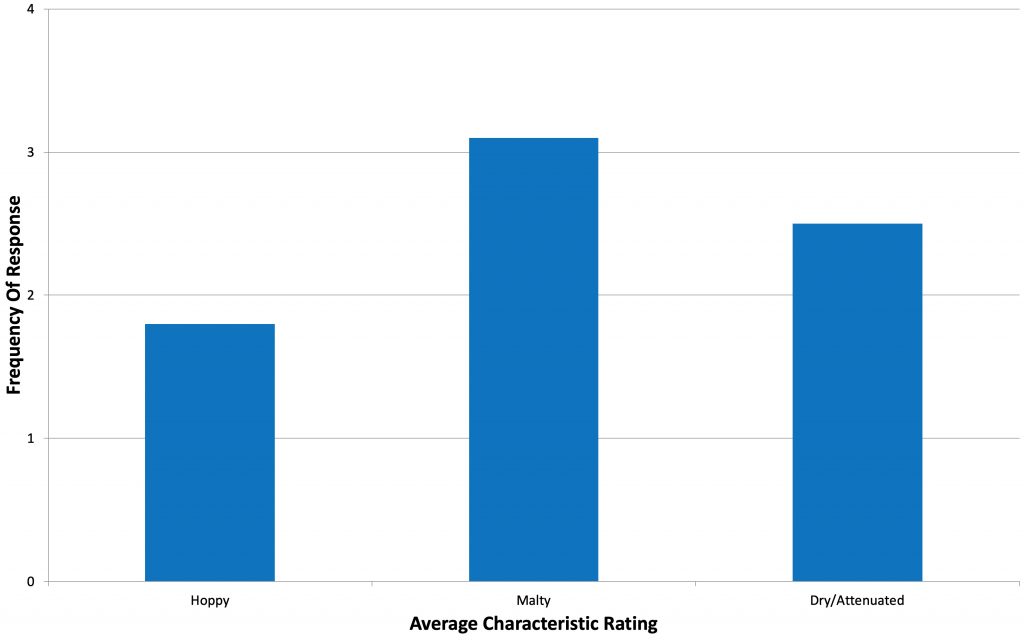
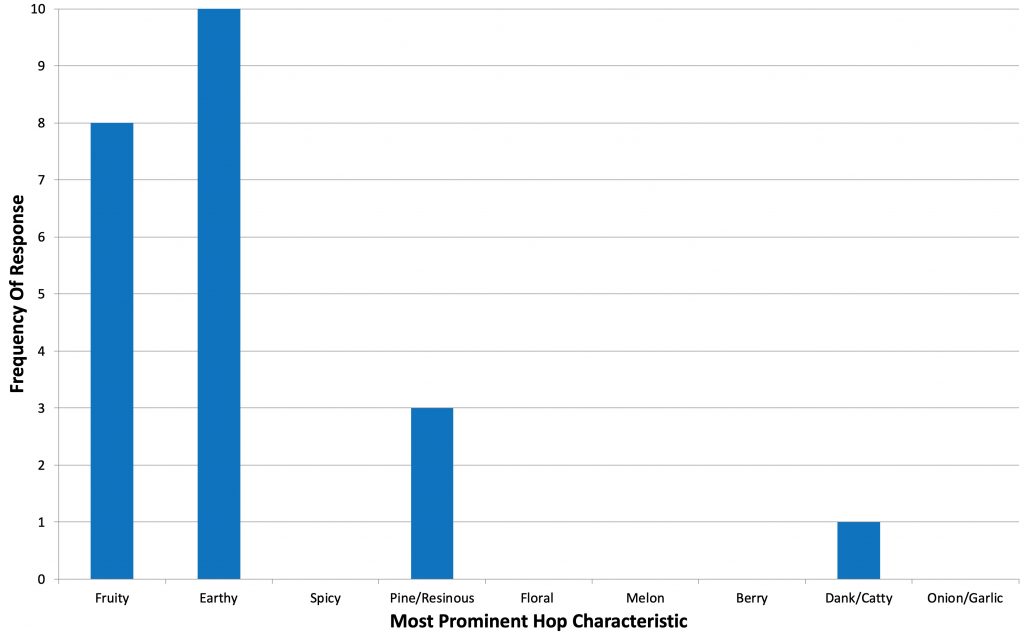
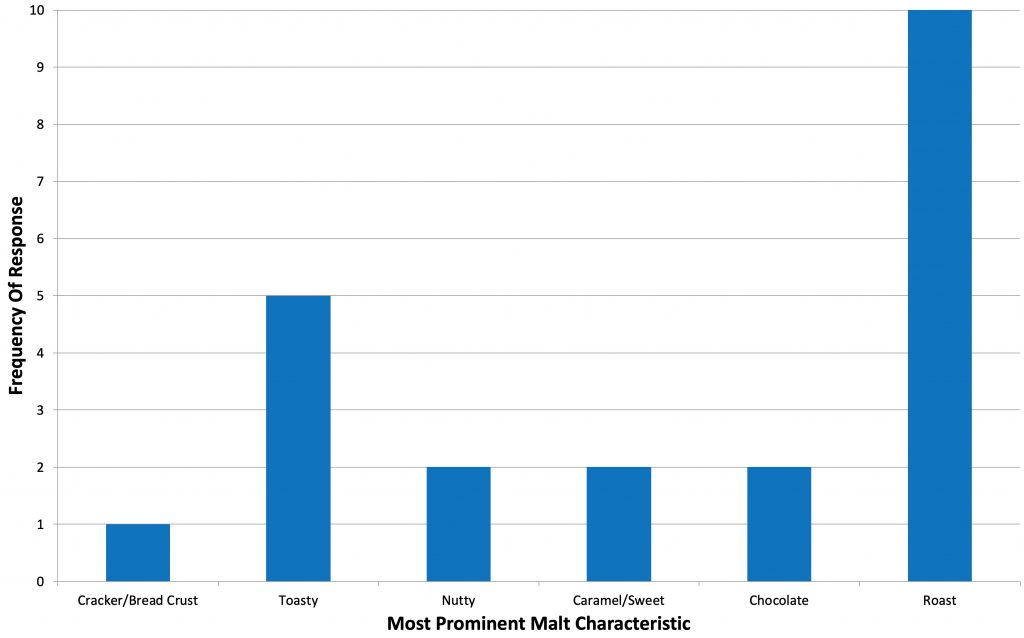
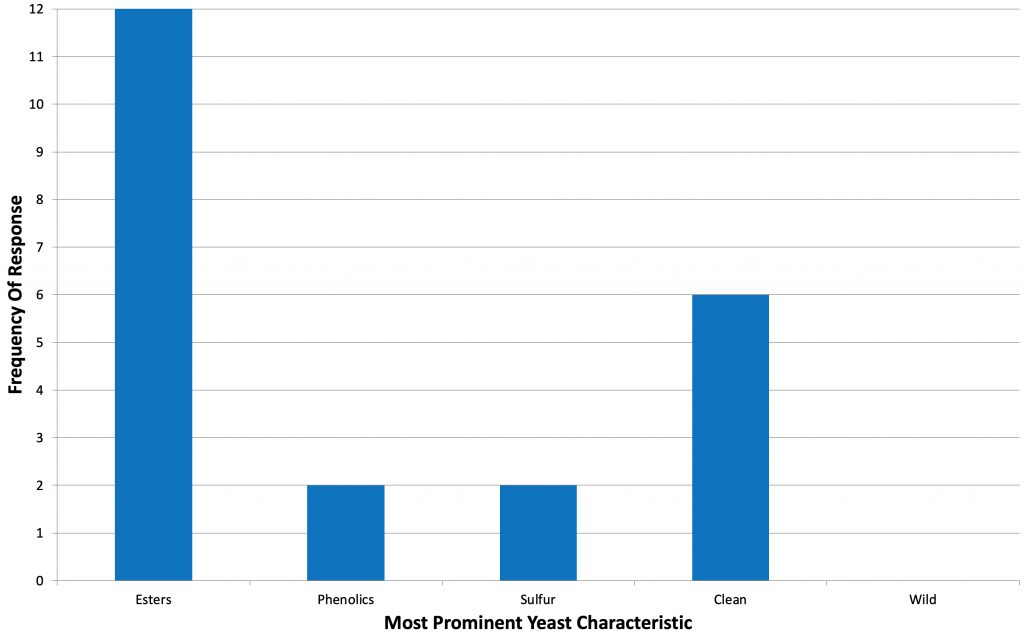
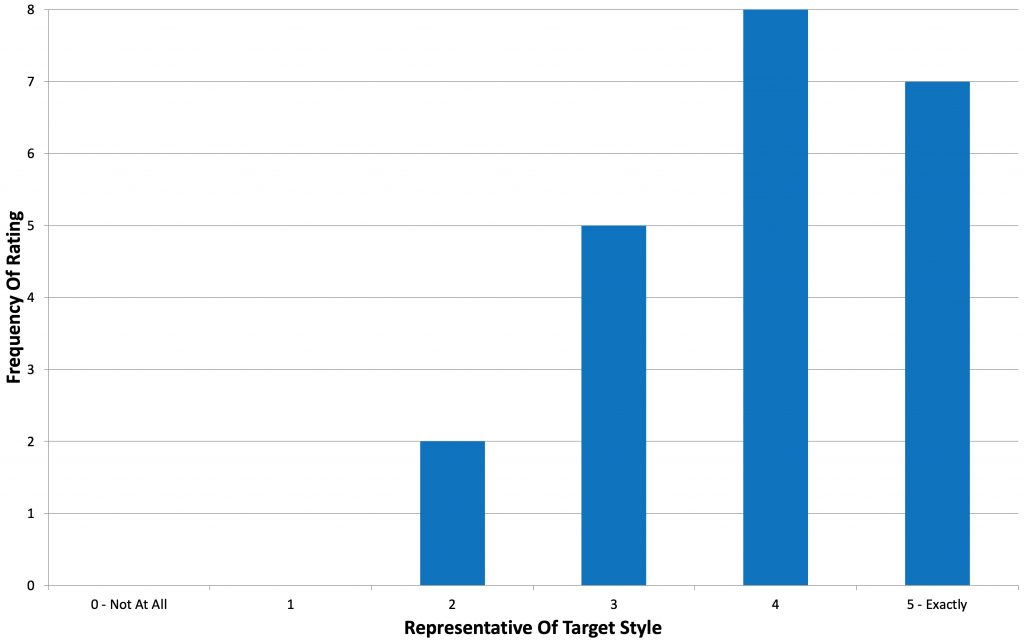
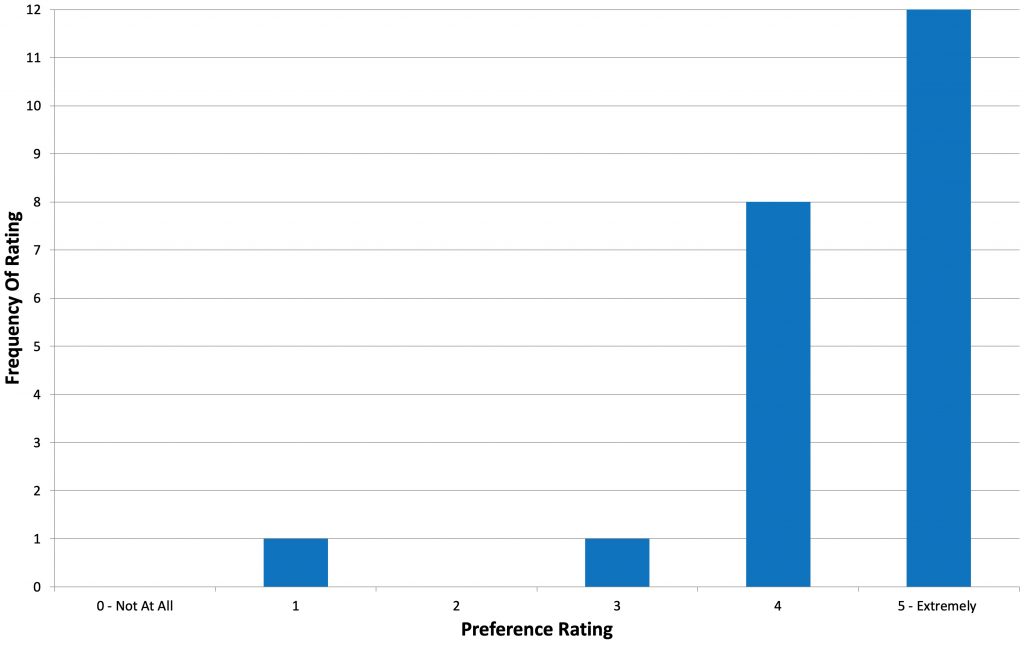











6 thoughts on “Short & Shoddy | Tropical Stout”
Love this style. Thanks for brewing it! How did you choose the mash temp?
I’ve made this style a few times, I like the addition of piloncillo sugar to dry it out a little and fermenting with kveik to help with the fruity character. I’ve used kveiking and midtbust kveiks in my beers. I think a berry forward hop would go well with the dark fruits coming from the dark crystal malt.
What roasted barley did you use in this recipe?
Citra in a stout! What’s the world coming to?? 🙂
I feel like every Tropical Stout recipe I’ve seen was written by someone who only read the “overall description” without reading the rest of the guidelines that say “little to no hop flavor” in multiple places. This is a stout substyle that has historically been brewed using lager yeasts at warm temperatures in the tropics. The “fruitiness” is really from esters and possibly some fusels caused by fermentation character. I’ve never picked up any real hop character from Dragon Stout.
This is a style where a yeast like Sundew would excel.
Just listened to this episode. This is a style that I have wanted to brew. I appreciate the edits that you made to get the beer that you were looking for. I appreciate the short and Shoddy approach and that you are able to get good even great beer with less than traditional approaches… I know many are skeptical of these short and shoddy approaches and believe that it necessarily produces bad beer. I have not found that to be case, but I also believe that being successful with short shoddy approaches has to do with the skill of the brewer.